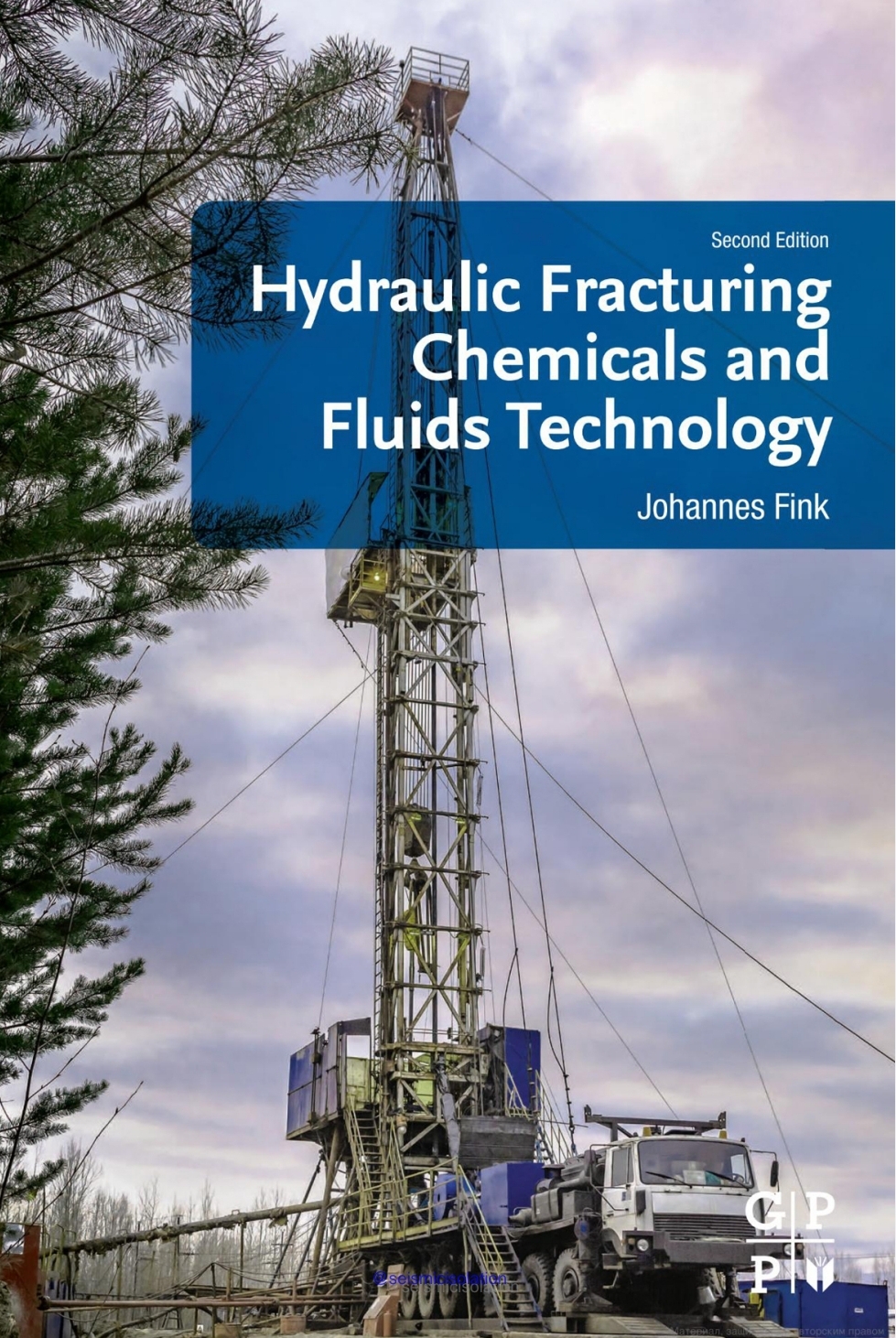HYDRAULIC FRACTURING CHEMICALS AND FLUIDS TECHNOLOGY
Hydraulic fracturing is a technique used to stimulate the productivity of a well. A hydraulic fracture is a superimposed structure that remains undisturbed outside the fracture. Thus the effective permeability of a reservoir remains unchanged by this process.
The increased wellbore radius increases its productivity, because a large contact surface between the well and the reservoir is created. Hydraulic fracturing is one of the newer techniques in petroleum sciences; it has only been used for approximately 60 years. The classic treatment of hydraulic fracturing states that the fractures are approximately perpendicular to the axis of the least stress [3]. For most deep reservoirs, the minimal stresses are horizontal, hence vertical stresses will occur in fracturing.
The actual stress can be calculated by balancing the vertical geostatic stress and the horizontal stress by the common tools of the theory of elasticity. For example, the geostatic stress must be corrected in a porous medium filled with a liquid having a poroelastic constant and hydrostatic pressure.
The horizontal stress can be calculated from the corrected vertical stress with the Poisson ratio. Under some circumstances, in particular in shallow reservoirs, horizontal stresses can be created, as well as vertical stresses.
DOWNLOAD :- HERE
